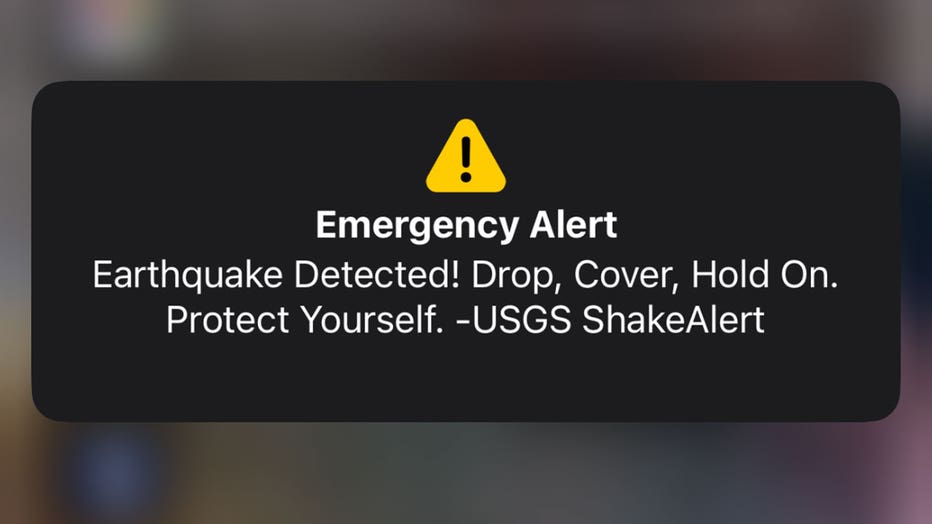Earthquake: Why some felt it and others didn't, Dr. Lucy Jones explains

Seismologist Dr. Lucy Jones discusses 4.7 quake
At least five aftershocks were reported by the U.S. Geological Survey following the 4.7-magnitude earthquake.
LOS ANGELES - A magnitude 4.7 earthquake shook Southern California near Malibu early Thursday morning, with varying reports of its impacts felt from residents across the region, including some who did not notice it at all.
As people pondered over the tremor that struck shortly before 7:30 a.m., Dr. Lucy Jones, a notable seismologist, provided insights during an interview with FOX 11 during a scheduled event in El Segundo for National Preparedness Month.
The quake, centered five miles north of Malibu, was felt as far as San Diego and north into the coast of Bakersfield. Dr. Jones characterized it as "widely felt," which was expected due to its magnitude. She confirmed that the region has seen numerous aftershocks, with at least two registering above magnitude 3, and anticipated more to shake through the afternoon.
Addressing the question of why some residents felt the earthquake while others didn't, Dr. Jones said, "How far away you are is a big part of it," but she also noted that personal activity at the time of the quake plays a significant role. "I felt nothing because I was on my exercise bike pedaling away. If you're moving, if you're walking, it's very hard to feel it," she explained. Occupants in upper stories of buildings are more likely to perceive the tremors, as structures can amplify the shaking.
Featured
Earthquake strikes during live taping of Good Day LA
The Good Day LA cameras were rolling when an earthquake struck Southern California on Thursday. Watch the anchors react.
The seismologist also commended the effectiveness of earthquake notification apps. "The solid information about early warning is good," she said, encouraging reliance on these apps as they have improved due to more instruments and better algorithms. However, Dr. Jones added that the increase in notifications is also because there are more notable earthquakes occurring.

Turning to earthquake preparedness, Dr. Jones emphasized the importance of taking proactive steps before an earthquake hits. She criticized the current building code, which focuses on survival rather than minimizing financial loss or ensuring buildings remain functional post-event. She advocates for better construction practices, highlighting the long-term cost benefits.
Dr. Jones also urged that individuals, businesses, and community groups take immediate steps like ensuring building integrity, practicing 'drop, cover, and hold on,' and creating post-earthquake plans that include communication with neighbors. With the potential of an earthquake severing critical infrastructure, such coordinated planning is essential for a community's resilience.
As the conversation reflected on the habitual response to earthquakes, Dr. Jones stressed the need to develop muscle memory for safety procedures, like the upcoming ShakeOut drill, to ensure swift action when a real quake hits. The interview concluded with a reminder of the reality of earthquake threats and the necessity of preparedness—an important message Dr. Jones was already scheduled to deliver on the same day of the Malibu quake.


